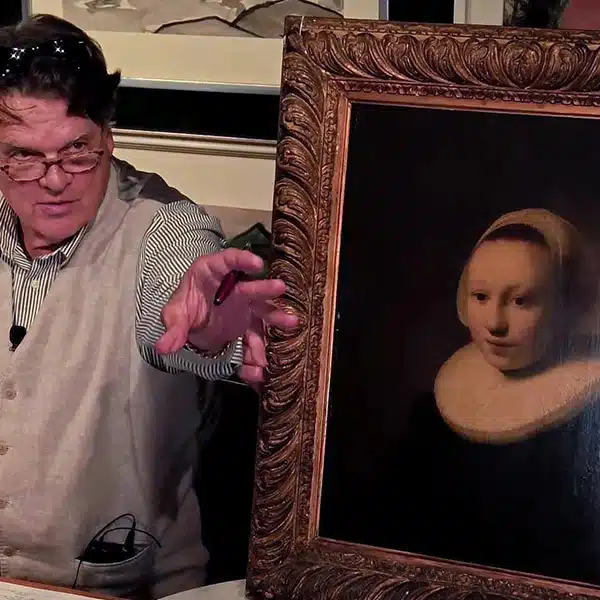
El Greco, “Portrait of a Man (Presumed Self-Portrait),” c. 1595-1600. (Photo: Metropolitan Museum of Art via Wikimedia Commons [Public Domain])
Although his art was regarded as quite radical and out of place while he was alive, El Greco's legacy had lasting impacts on the development of both Expressionist and Cubist art movements. Here, we follow the artist's itinerant life and how it produced exceptionally unique art that impressed successors like Paul Cézanne and Pablo Picasso.
Early Life

El Greco, “The Dormition of the Virgin,” before 1567. (Photo: Wikimedia Commons [Public Domain])
Studying in Italy

El Greco, “Adoration of the Magi,” 1568-9. (Photo: Wikimedia Commons [Public Domain])
In 1570, El Greco moved to Rome where he sought inspiration from the works of Mannerist painters like Parmigianino. As a result, El Greco added Mannerist elements to his own artwork, such as elongated figures and distorted perspective.
Working in Spain

El Greco, “The Assumption of the Virgin,” 1577-79. (Photo: Art Institute of Chicago via Wikimedia Commons [Public Domain])
As a result, El Greco focused his creative efforts within Toledo and soon garnered a respectable reputation. Over time, he was able to establish a successful workshop with assistants, capable of fulfilling altar commissions for churches in Toledo and elsewhere in Spain.
Style & Legacy
Although El Greco was exposed to several schools of art, he was also determined to forge his own path. Consequently, his expressive, dramatic style stands out from his contemporaries as highly unique. For this reason, many historians hesitate to associate him with any one school.

El Greco, “View of Toledo,” c. 1599-1600. (Photo: Metropolitan Museum of Art via Wikimedia Commons [Public Domain])

Paul Cezanne, “Mont Sainte-Victoire,” c. 1887. (Photo: Wikimedia Commons [Public Domain])
Additionally, Pablo Picasso studied El Greco's art extensively during his Blue Period and Cubist explorations. In fact, historians have compared El Greco's painting The Opening of the Fifth Seal to Picasso's famous Les Demoiselles d'Avignon—noticing significant similarities in composition and form.

El Greco, “The Opening of the Fifth Seal,” c. 1608-14. (Photo: Metropolitan Museum of Art via Wikimedia Commons [Public Domain])

Pablo Picasso, “Le Demoiselles d'Avignon,” 1907. (Photo: MoMA via Wikimedia Commons Fair Use)
Despite not being fully accepted during his own lifetime, El Greco nonetheless left a lasting legacy on the course of modern art. His free, unnatural style laid the foundation for Expressionist art movements, including the Blaue Reiter group.
Related Articles:
Exploring the Major Contributions of the Lesser-Known ‘Northern Renaissance’
The Significance of Botticelli’s Renaissance Masterpiece ‘The Birth of Venus’
5 Powerful Paintings by the Under-Appreciated Female Artist Artemisia Gentileschi
8 Caravaggio Paintings That Broke All the Rules (and Where to See Them)






















































































